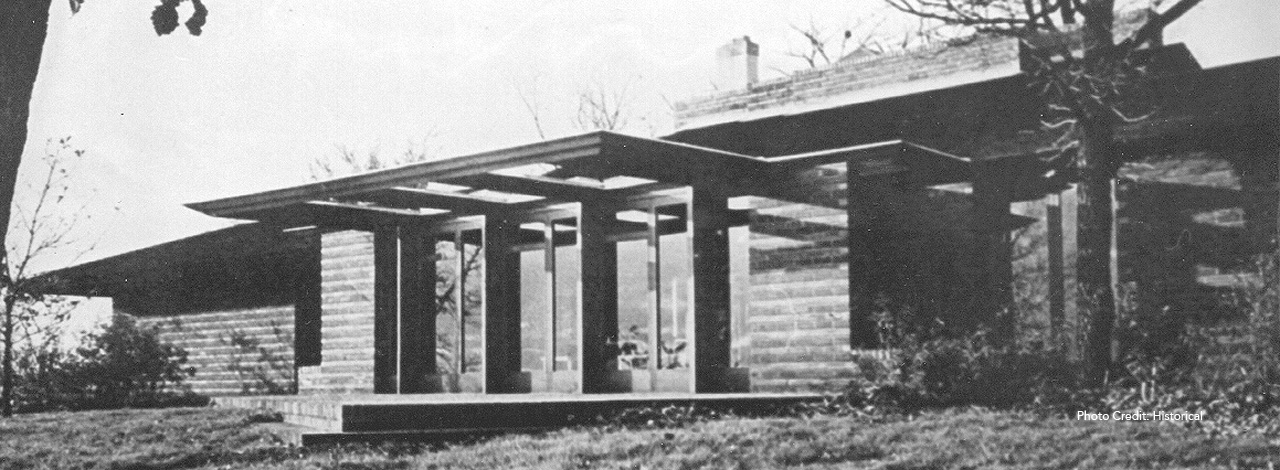housing: architectural types in PROspect Park
Prospect Park was established when Louis Menage, who had acquired a large undeveloped tract of land, petitioned the Minneapolis City Council to accept two plats in 1884. Construction began slowly, partly because of the topography and partly because of the relative isolation of Prospect Park from the rest of the city. Construction occurred throughout the platted divisions of Prospect Park during the 1890s and the first decade of the twentieth century. Houses were designed in the popular architectural styles of the period, especially the Queen Anne and the Colonial Revival. Enough residents were living in the area by the end of the nineteenth century to successfully petition the Minneapolis Board of Education to construct the Sidney Pratt Elementary School. Three religious congregations were organized early in the twentieth century, with the Prospect Park Methodist Church playing a particularly active role.
Because of its topography, much of the community was laid out with a curvilinear street plan with named streets rather than the strict rectangular grid with numbered streets that characterizes most of the city.
About half of the houses in the neighborhood were built between 1915 and 1930, often on sites that must have challenged the ingenuity of their builders, because of their steep slopes. The houses, whether designed by architects or built from plan books, display a shift in architectural taste from classically inspired styles to the more picturesque Arts and Crafts (Craftsman), Prairie School, Tudor Revival, and English Cottage styles. Construction continued through the 1930s, but at a much slower pace given the economic constraints of the period. Two major examples of modern architecture were constructed on Bedford Street. The construction of Interstate 94 in the 1960s did even more to set the community apart from the surrounding area. In particular the Frank Lloyd Wright-designed house at 253 SE Bedford Street built in 1934 has as its front view: the freeway.
HISTORIC PRESERVATION
Prospect Park survives some 115 years after its establishment as a unique and distinct section of the city of Minneapolis. One of the most attractive residential areas of the city by virtue of its plan, architecture, and landscaping, and set apart by the constraints of geography and commerce, Prospect Park has always had a strong sense of itself as a community. The status of the area has been further reinforced through the Prospect Park East River Road Improvement Association (PPERRIA), founded in 1901 and one of the oldest organizations of its kind in the Twin Cities. PPERRIA succeeded in obtaining Historic District designation for most of the neighborhood in 2015.



